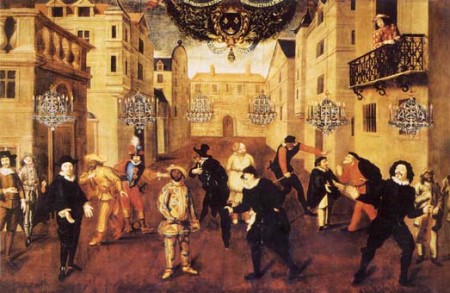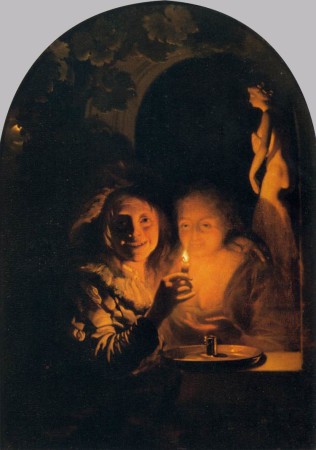 The world before electricity and gas lighting was a very dark place. If you could afford them–and most ordinary people couldn’t–oil lamps and candles made from beeswax shed some light. Most people made do with rush lights or smoky, smelly tallow.
The world before electricity and gas lighting was a very dark place. If you could afford them–and most ordinary people couldn’t–oil lamps and candles made from beeswax shed some light. Most people made do with rush lights or smoky, smelly tallow.
If you were of moderate income and could afford a single candle, your family would have spent a lot of quality time together. Your teenager couldn’t easily storm off to his room, at least not if he wanted to see. All of you would have to sit by the light of that single flame and read, sew, draw, or talk.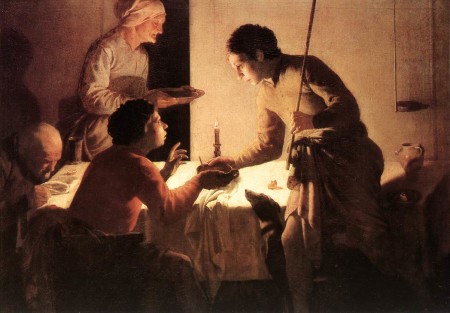 Also the wicks of early candles were different from today. Candles had to be trimmed regularly—every ten minutes or so for wax, or as often as forty times an hour for tallow. Otherwise they’d get too hot, melt too much fat or wax, and “gutter,” or stream wastefully. In large homes and palaces this was a servant’s job.
Also the wicks of early candles were different from today. Candles had to be trimmed regularly—every ten minutes or so for wax, or as often as forty times an hour for tallow. Otherwise they’d get too hot, melt too much fat or wax, and “gutter,” or stream wastefully. In large homes and palaces this was a servant’s job.
In 1783 Ami Argand, a Swiss inventor, invented a new kind of oil lamp. It had a chimney that allowed more oxygen to circulate around the flame and therefore shed a lot more light than the old oil lamps. It also had a knob that adjusted the flame.
Which brings us to the stage. The new Argand lights were introduced to the Odeon theater in 1784 for the premier of Mozart’s Marriage of Figaro, and a year or so later, to the English theater, but they were expensive and it took a few years more before they were widely used in theaters and concert halls.
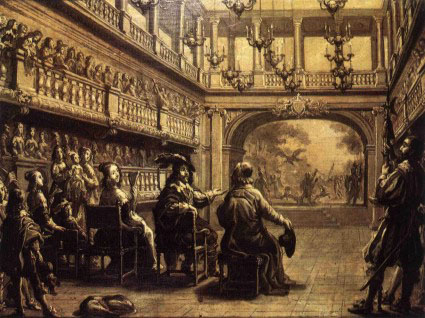
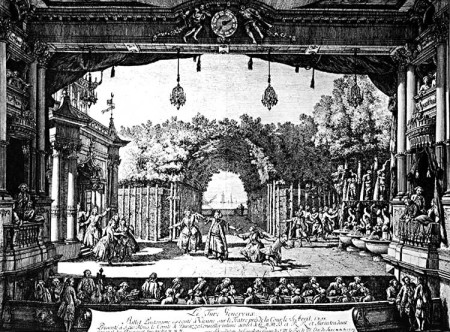 So prior to the late 1700s, composers and playwrights really had to think about candles when they were composing and writing. A candle could burn for roughly an hour. Composers knew that between acts in a play or an opera, candles had to be changed. And during performances, a human candle trimmer had to trim them regularly. Chandeliers had to be lifted and lowered on pulleys. Even so, actors and musicians must have had a lot of wax drip on them during a performance.
So prior to the late 1700s, composers and playwrights really had to think about candles when they were composing and writing. A candle could burn for roughly an hour. Composers knew that between acts in a play or an opera, candles had to be changed. And during performances, a human candle trimmer had to trim them regularly. Chandeliers had to be lifted and lowered on pulleys. Even so, actors and musicians must have had a lot of wax drip on them during a performance.
In 1772 (a decade before Argand Lamps), Haydn wrote his symphony #45. It was written for his patron, Prince Esterhazy, while Hadyn and the court orchestra were staying at the Prince’s summer palace. Haydn and his musicians were eager to go home. In the last movement, Haydn had each musician quietly blow out his candle and tiptoe off stage until just two musicians remained playing. It became known as the Farewell Symphony. Evidently the prince got the message and the court packed up and went home the next day.
If you visit this linkand click at about the 25 minute mark, you can see the musicians tiptoeing offstage. It’s pretty funny—and a beautiful piece of music.
http://www.compulite.com/stagelight/html/history-3/18-cen.html
Bill Bryson, At Home 140 - 146
